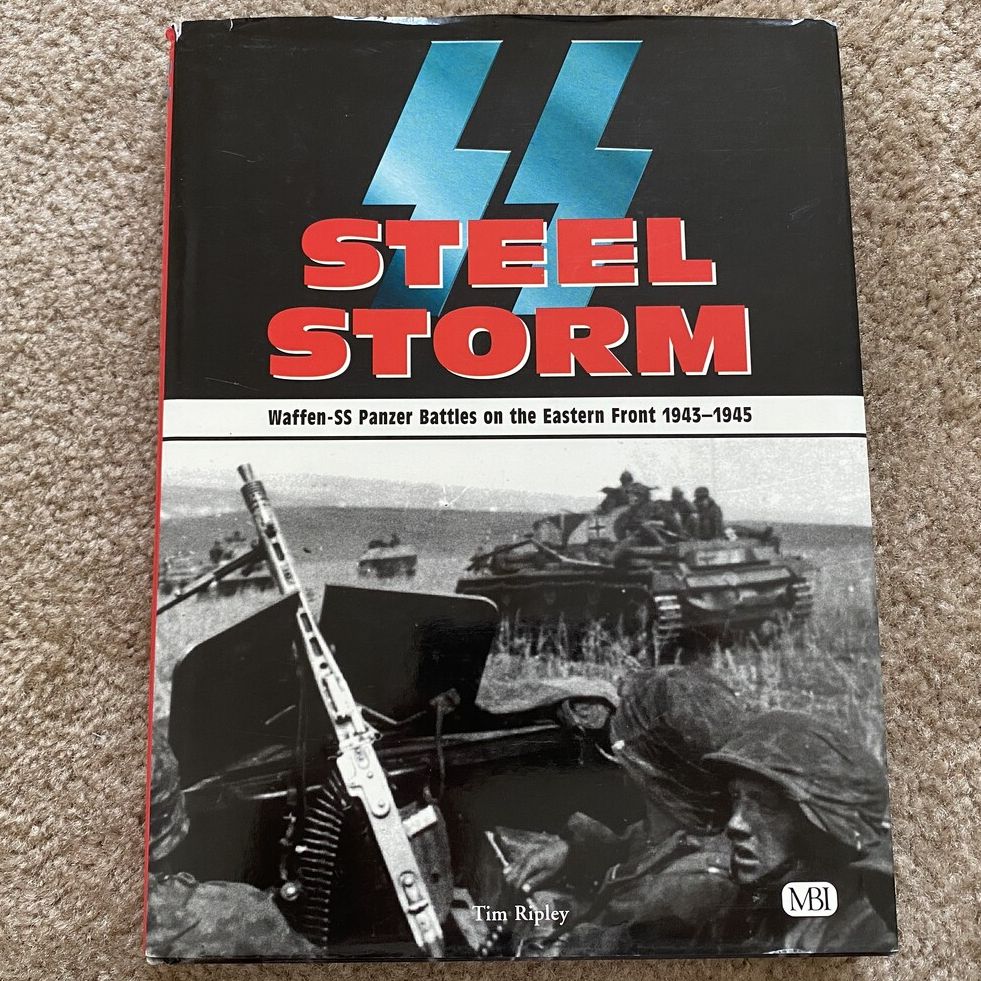
Steel Storm. Waffen-SS Panzer Battles on the Eastern Front 1943-1945. Book by Tim Ripley
During the closing years of World War II, the panzer
divisions of the Waffen-SS fought a magnificent series
of battles on the Eastern Front. Few in number - only
seven divisions in total - they had an influence on the
war on the Eastern Front out of all proportion to their
size. Their excellent training, equipment,
commanders, and esprit de corps meant that they were
used as "fire brigades" plugging gaps and retrieving
seemingly hopeless causes. SS: Steel Storm is an
account of the battles of the Waffen-SS panzer
divisions in the East from the recapture of Kharkov in
early 1943, when I SS Panzer Corps prevented the
total collapse of Army Group South, to the last
desperate attempts to hold the Red Army before Berlin
in 1945. During this period the Waffen-SS panzer
divisions fought a string of battles that are arguably
the finest defensive actions of modern warfare. They
certainly bear comparison with Napoleon's campaign
of 1814 or the First Battle of the Marne in 1914.
SS: Steel Storm looks at the story from different
angles: the use of offensive tactics during defensive
battles; the development of German tank and armored
fighting vehicle technology; and Waffen-SS unit
flexibility that was able to exploit changing tactical
situations to the full. SS: Steel Storm also explodes a
number of myths that have sprung up since the end of
World War II, such as the claim that the Waffen-SS
panzer divisions were equipped with large quantities of
Germany's best tanks. In fact, as the narrative makes
clear, individual SS divisions often fought Red Army
units with only a handful of Panzer Ill and Panzer IV
tanks, rather than scores of the more potent Panther
and King Tiger models.
As SS: Steel Storm also shows, it was the leadership
of SS commanders such as Fritz Witt, "Panzer" Meyer,
Paul Hausser, Willi Bittrich, and Joachim Piper that
often gave understrength and ill -equipped Waffen-SS
units victory in the field over their Soviet adversaries.
With the aid of full-color maps that compliment the
exciting narrative, plus 170 photographs of Waffen-SS
soldiers and tanks in the field, SS: Steel Storm
presents a unique account of a little-known, but
crucially important, aspect of Germany's war on the
Eastern Front.
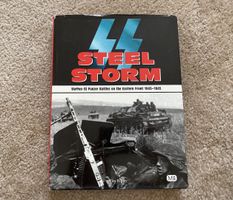
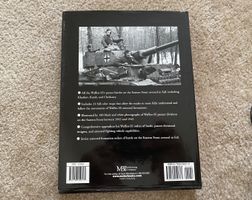
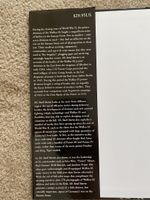
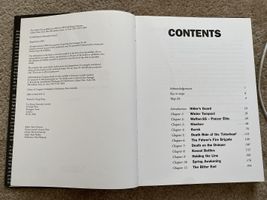
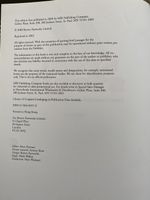
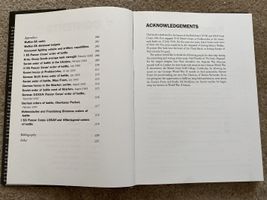
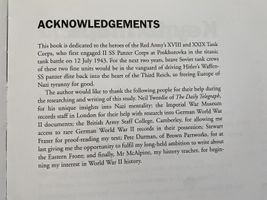
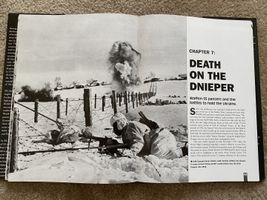
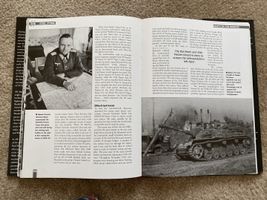
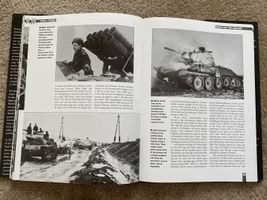
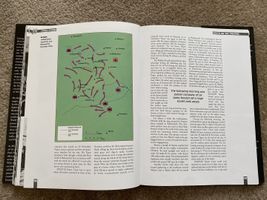
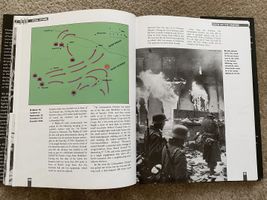
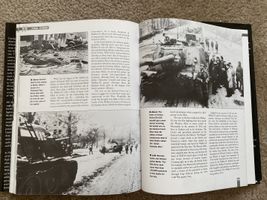
This book is dedicated to the heroes of the Red Army's XVIII and XXIX Tank
Corps, who first engaged II SS Panzer Corps at Prokhorovka in the titanic
tank battle on 12 July 1943. For the next two years, brave Soviet tank crews
of these two fine units would be in the vanguard of driving Hitler's Waffen-
SS panzer élite back into the heart of the Third Reich, so freeing Europe of
Nazi tyranny for good.
The author would like to thank the following people for their help during
the researching and writing of this study. Neil Tweedie of The Daily Telegraph,
for his unique insights into Nazi mentality; the Imperial War Museum
records staff in London for their help with research into German World War
I documents; the British Army Staff College, Camberley, for allowing me
access to rare German World War II records in their possession; Stewart
Frazer for proof-reading my text; Pete Darman, of Brown Partworks, for at
last giving me the opportunity to fulfil my long-held ambition to write about
the Eastern Front; and finally, Mr McAlpine, my history teacher, for begin-
ning my interest in World War Il history.
